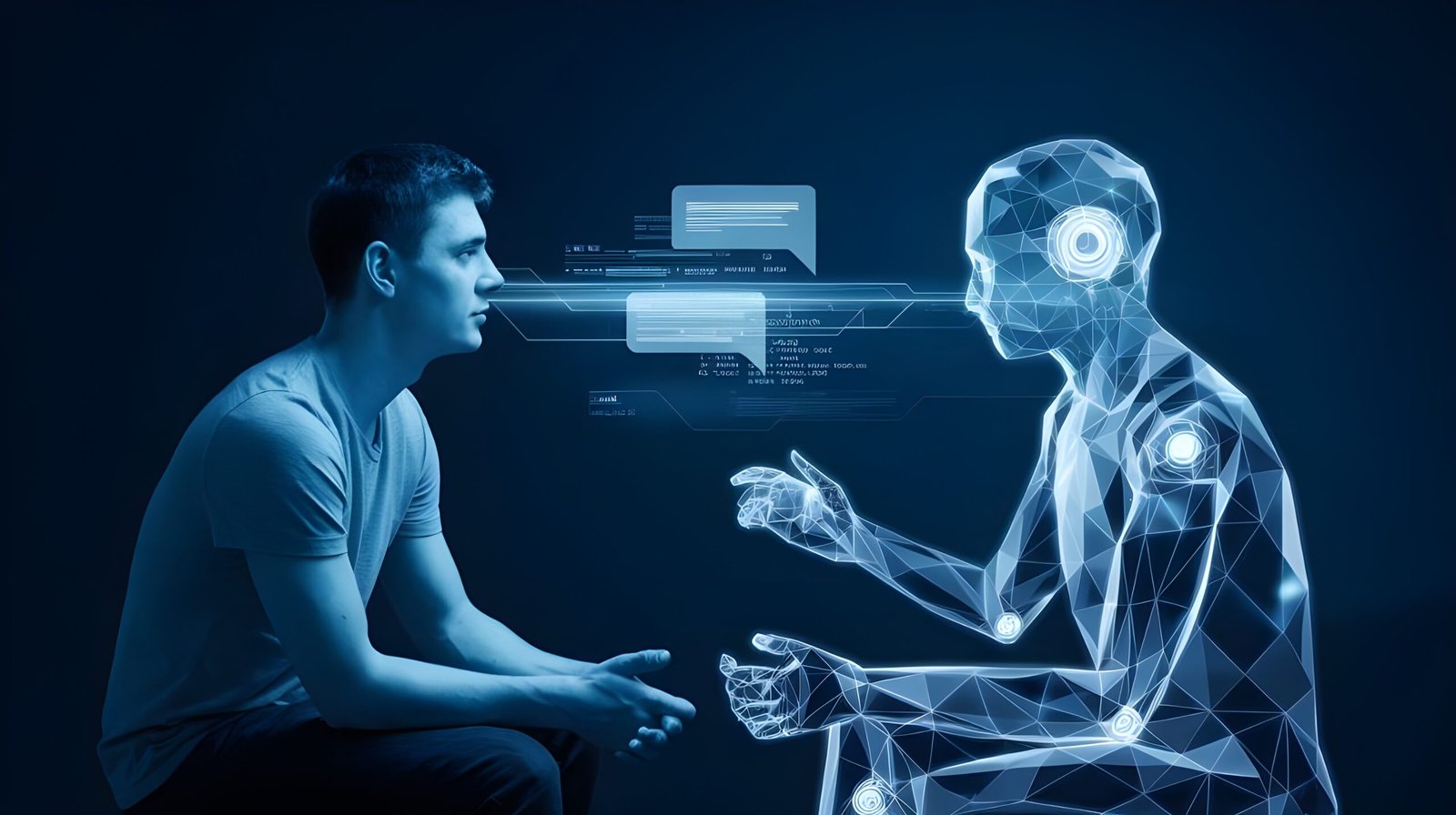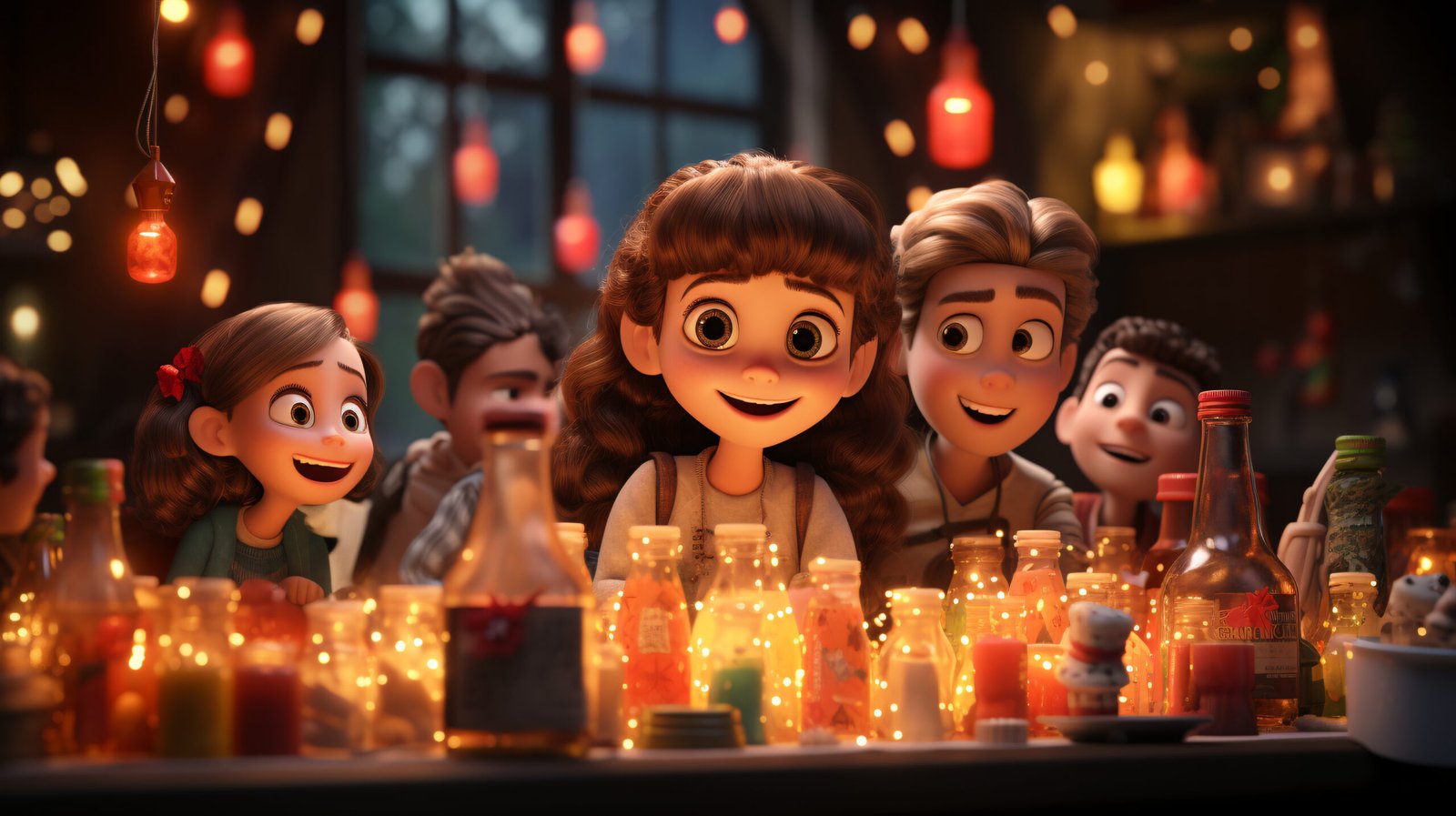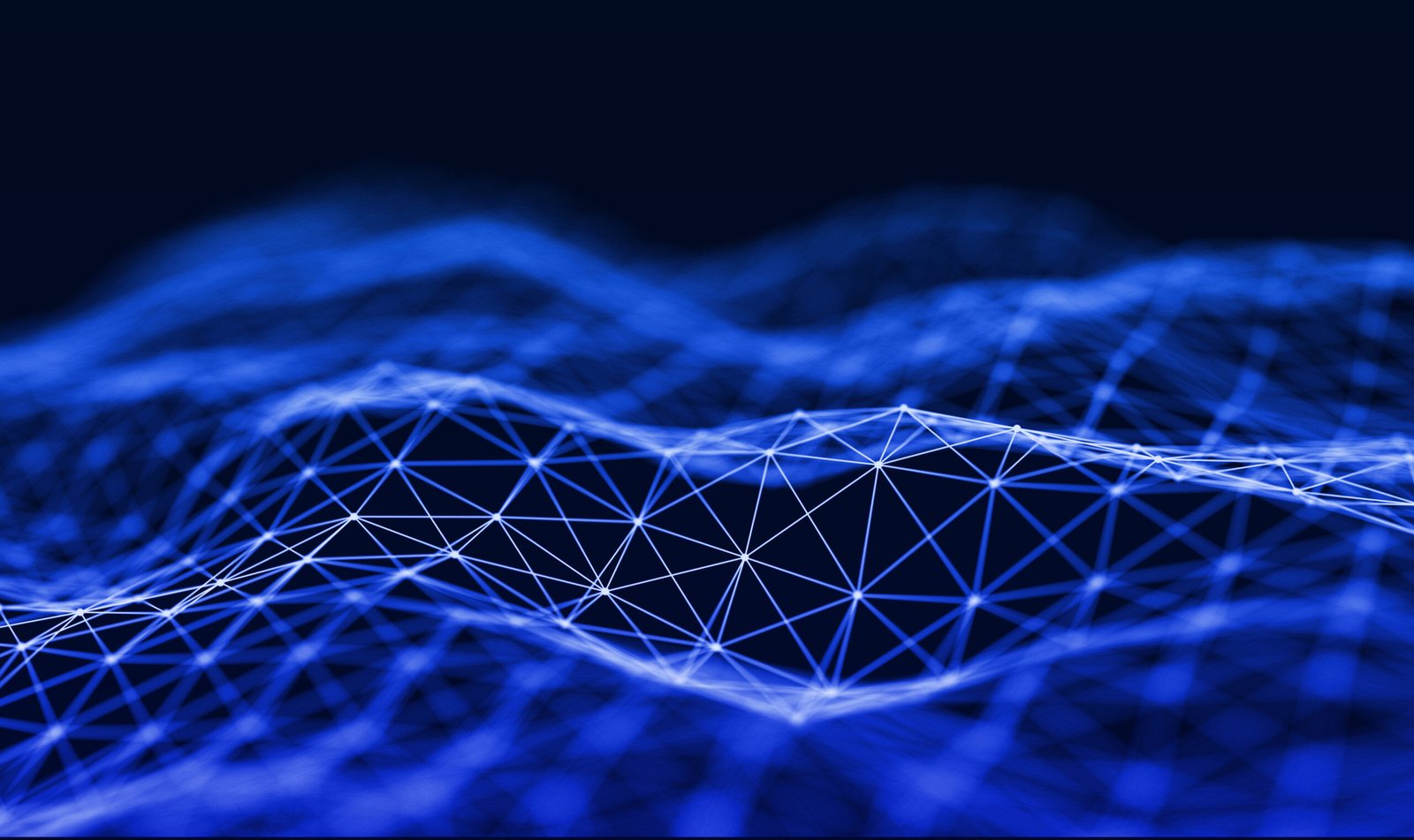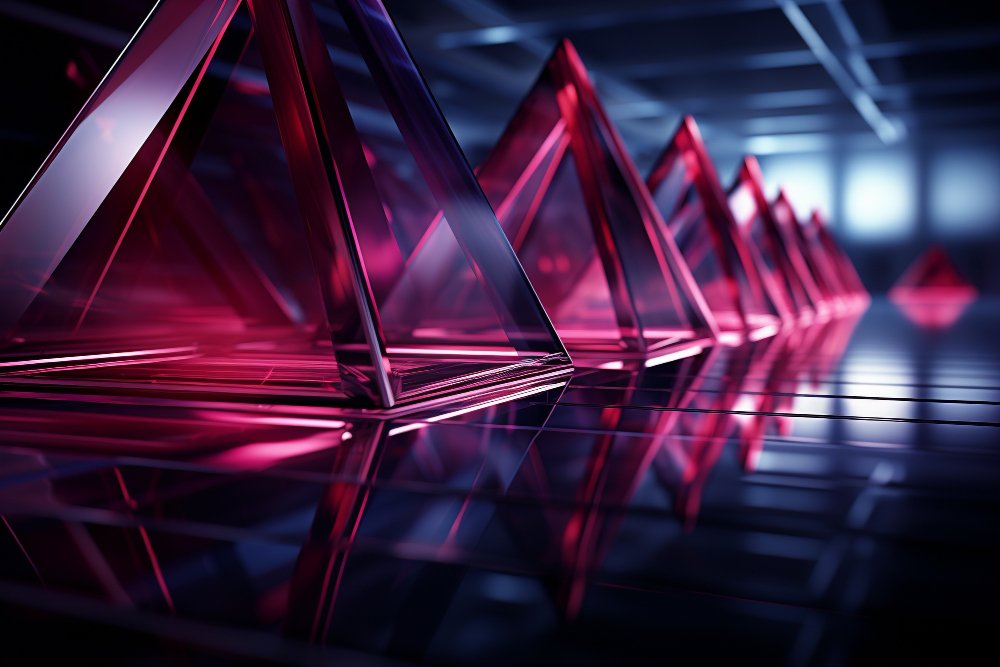AI’s Role in Animation: Transforming Creativity and Employment
The world of animation is standing at the crossroads of creativity and technology, with artificial intelligence (AI) leading a profound revolution. While AI promises to boost efficiency and fuel innovation, its growing influence sparks important ethical discussions—particularly about the future of traditional animators and the delicate balance between human artistry and machine-driven automation. As AI’s footprint expands, what will this mean for the animators who have shaped the industry through their craft and creativity? This article delves into the powerful impact of AI on animation, exploring both the promises it holds and the fears it evokes.
The New Frontier: How AI is Redefining Animation
Animation is no longer confined to traditional hand-drawn techniques or even complex 3D software—it has entered a new dimension, one where AI can generate animations at an unprecedented pace. From the early stages of conceptualization to the intricate nuances of final rendering, AI is beginning to blur the line between tool and creator. Studios like Pixar and Disney are already harnessing these tools in ways that seemed like science fiction not too long ago. In Elemental, Pixar’s use of AI-assisted techniques allowed them to craft dazzling visual effects faster and more intricately than ever before, while Disney’s deep learning systems are breathing lifelike expressions into digital characters in a fraction of the time it once took.
However, the true intrigue lies not just in what AI can do today, but in what it might do tomorrow. Imagine a future where a simple sketch could morph into a fully animated sequence within minutes, or where motion capture doesn’t require expensive equipment but can be performed with just a smartphone. AI is expanding the canvas of what is creatively possible, inviting animators to explore new worlds of artistic expression.

Creativity in the Age of AI: A Partnership or a Threat?
At the heart of this transformation is a question that resonates deeply within the creative community: Does AI enhance or diminish the role of human creativity? AI’s ability to automate labor-intensive tasks, like synchronizing lip movements or animating repetitive character actions, undeniably makes the production process faster. Yet, for many, this progress is accompanied by an unsettling fear—that the art of animation, crafted painstakingly over decades, could be overshadowed by algorithms.
But perhaps the answer is not so binary. Could AI become the silent partner, the invisible hand that lifts the burden of routine tasks, giving animators more freedom to focus on the subtleties that make stories resonate emotionally? By allowing machines to handle the mundane, animators may be able to invest more deeply in the storytelling elements that require the human touch—those unpredictable sparks of imagination that algorithms can’t replicate.
Instead of posing a threat, AI could become a catalyst for a creative renaissance. No longer constrained by time-consuming processes, animators could explore bolder narratives, more complex emotional arcs, and innovative styles of visual storytelling. The true measure of AI’s impact might lie not in how much it replaces, but in how much it enhances the very soul of animation.
The Human Touch: Will AI Ever Understand Artistry?
Yet, amid these innovations, the looming question remains: Can a machine ever truly understand artistry? Animation is more than just motion and technique; it is an expression of culture, emotion, and human experience. Animators infuse their characters with personality, with flaws, with something intangible that brings them to life in the hearts of audiences. How can AI, with its reliance on data and patterns, recreate that nuanced artistry?
For now, AI operates based on patterns and algorithms. It can mimic and simulate, but it cannot create from intuition or personal experience. And perhaps this is where human animators will always have the upper hand. As much as AI can assist in the technical aspects of animation, the core of what makes a character or story unforgettable remains rooted in human emotion, culture, and creativity.
Yet, this raises another thought-provoking dilemma. As AI grows more sophisticated, might it begin to challenge our perceptions of creativity itself? If a machine can learn and predict what evokes an emotional response in viewers, will it eventually come close to mimicking the subtleties that animators bring to their work?
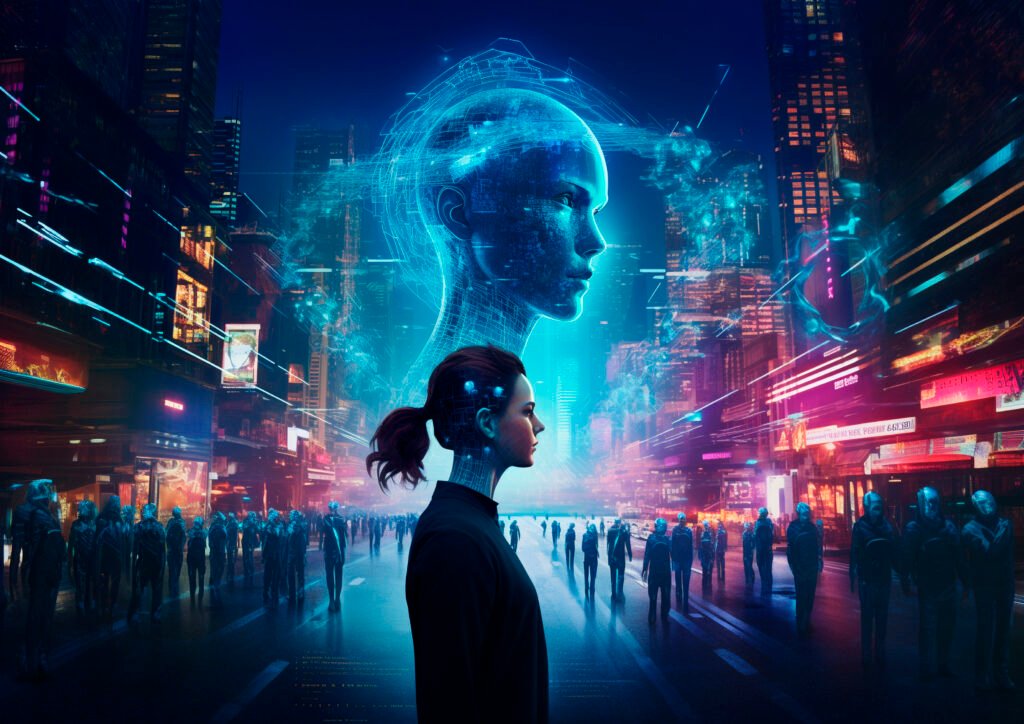
Ethics in the Digital Age: Where Do We Draw the Line?
The excitement around AI’s potential must also be tempered with a critical eye toward its ethical implications. As machines take over more aspects of animation production, we are forced to ask: Where do we draw the line between tool and creator? Does relying too heavily on AI erode the personal signature of animators, or does it offer them a chance to evolve alongside technology? And more importantly, what becomes of the animators who find their traditional skills less in demand as AI continues to progress?
These are not easy questions. They tap into the heart of the creative industry’s identity and the livelihoods of those who have dedicated their lives to their craft. But they are questions that must be asked, especially as AI begins to challenge our understanding of what it means to create, to imagine, and to animate.
Conclusion: Crafting a Future Where Humans and AI Coexist
The future of animation is not an either-or scenario. It’s not a question of machines replacing humans, but rather of how humans can work with machines to push the boundaries of what’s possible. AI has the potential to reshape the industry in profound ways, but it is the human element—the irreplaceable soul of an animator—that will continue to define the art of animation.
By embracing AI as a partner in creation rather than a replacement, animators can unlock new creative freedoms, explore uncharted artistic territories, and elevate the stories they tell. The journey forward will require finding a delicate balance between innovation and tradition, automation and artistry, efficiency and emotion. But if navigated thoughtfully, this new frontier could lead to a renaissance of creativity where AI and human animators, together, craft a future that is more imaginative, more inclusive, and more human than ever before.
If you’re interested in exploring more topics like this or want to stay updated with the latest insights on animation, AI, and creative technologies, connect with us on LinkedIn or visit our website at STUDIO IMAGE WORKS. We’d love to engage with you and discuss how innovation is shaping the future of creativity!


